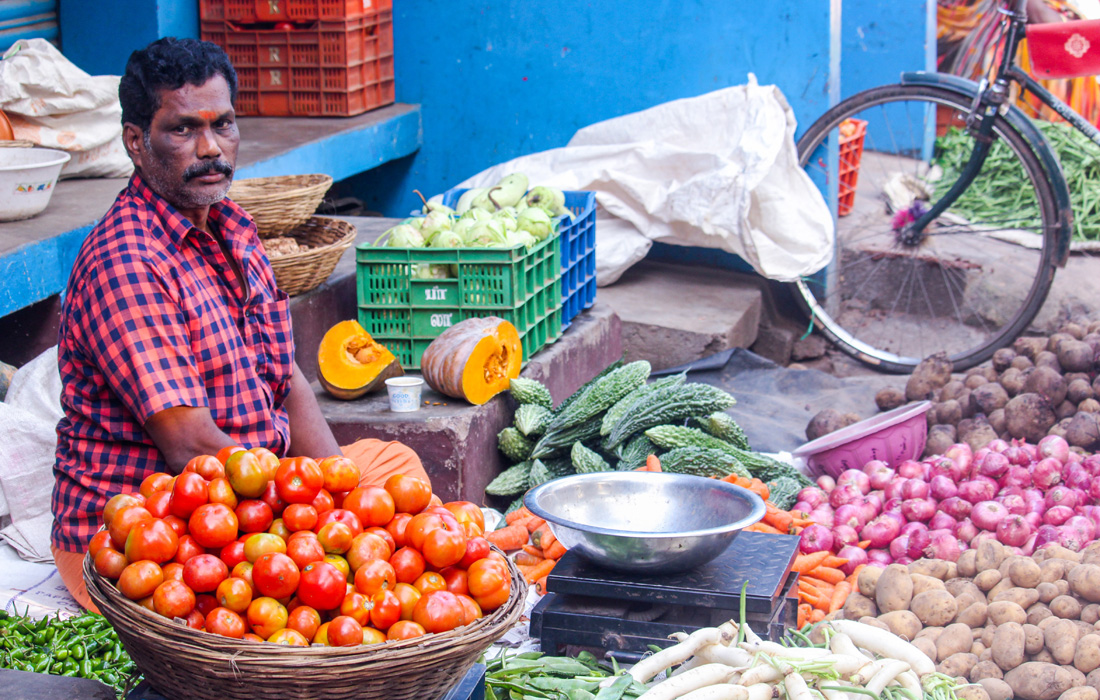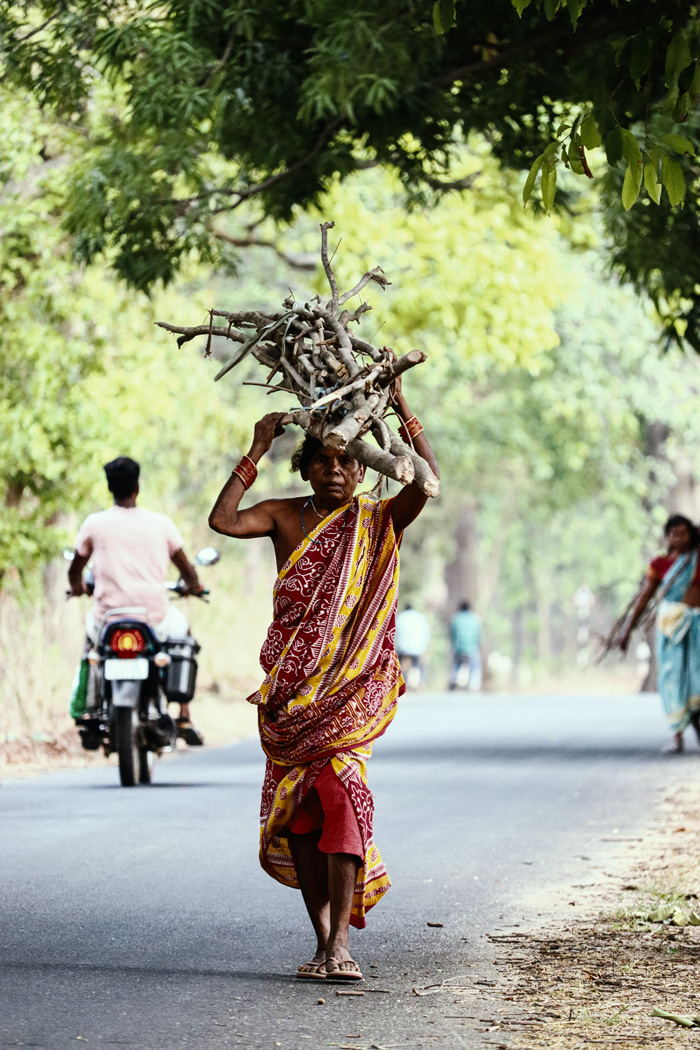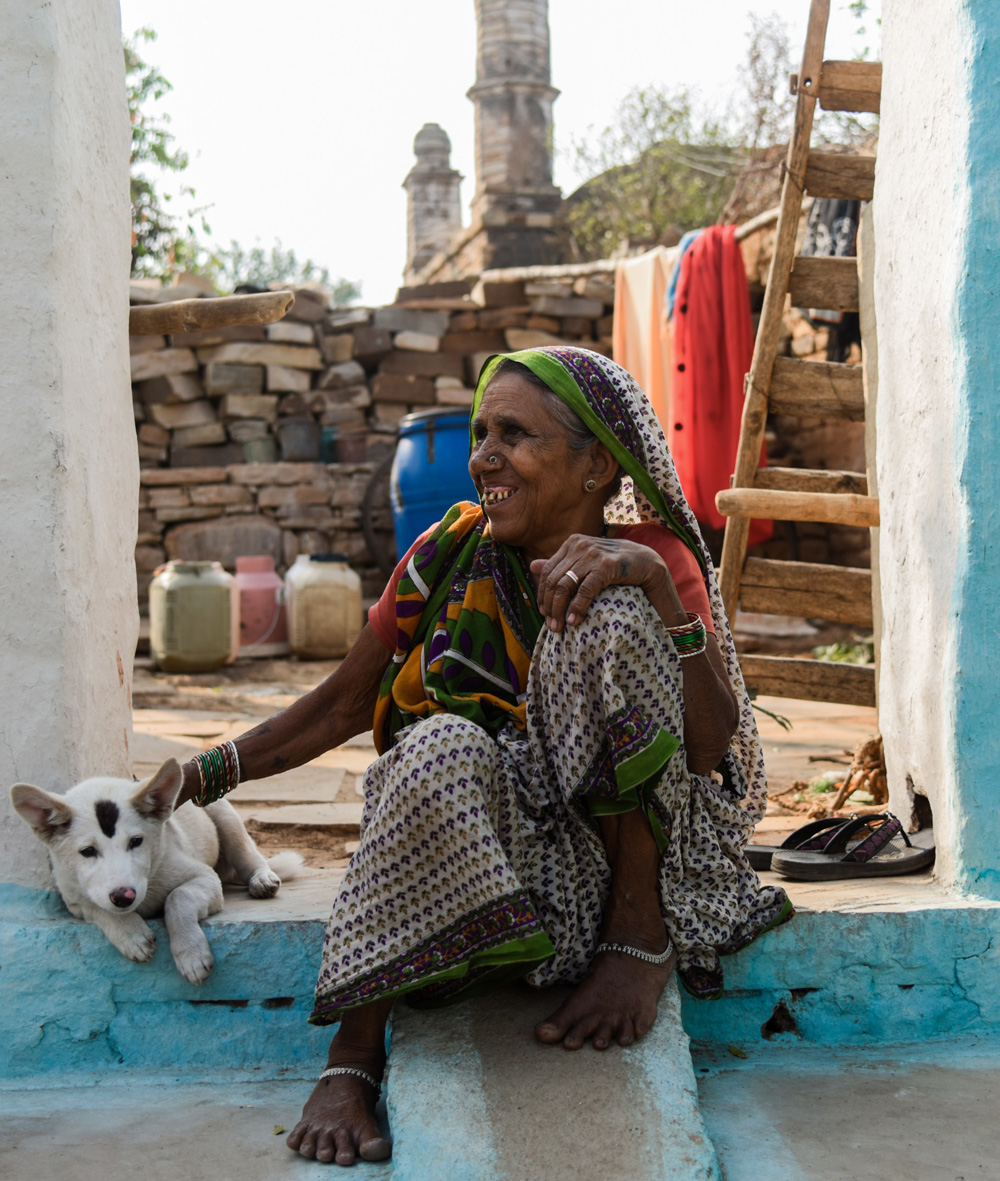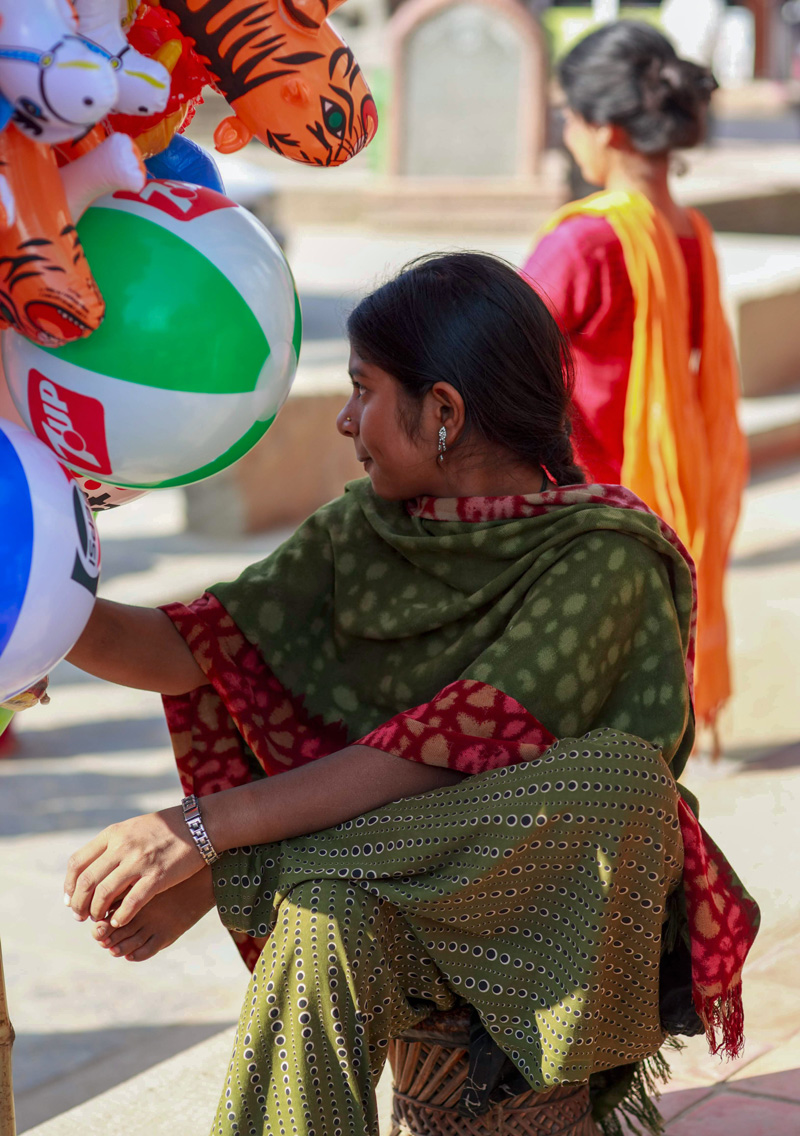It is possible for both the provider and the authority to take actions to prevent distress. The regulator should lay out clear guidelines for providers on product design, product reviews, credit appraisal, information disclosure, marketing strategies and myriad other aspects of provider conduct, while allowing for an optimal level of differentiation among business model approaches.
A central concern of such conduct regulations will be a proper assessment by the provider of credit’s impact on the poor household so that the possibility of distress is minimized from the very start. It will also be important to ask how such regulations carry over into digital lending and in what respects new considerations about desirable conduct might arise for this rapidly emerging domain.
The conference featured two staging presentations by Dvara on these issues, and then opened the space for structured discussion among participants about high-impact regulatory and provider solutions for distress prevention. Examples such as CGAP’s recent global research on regulatory frameworks focused on customer outcomes and on mechanisms to elevate the voice of consumers in policymaking, and Dvara’s development of a “debt suitability engine”, which would assess suitability based on cashflows rather than income, can become launching pads for participant discussion.




